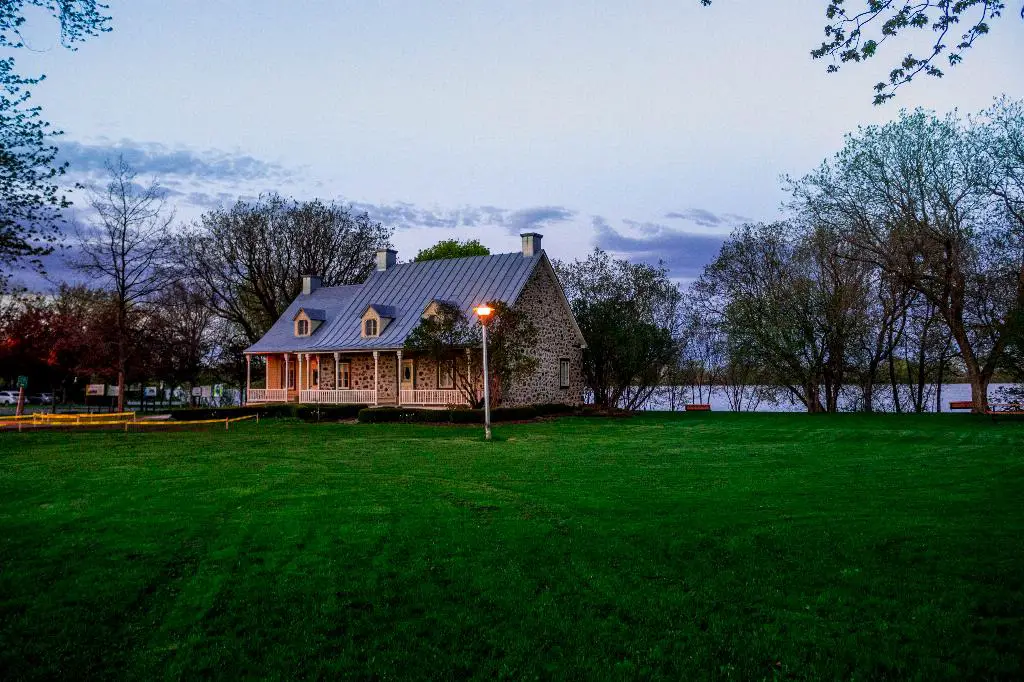Lawns, those lush expanses of green grass that adorn many residential and commercial properties today, have a fascinating history dating back to the 1700s.
Early Beginnings in France and England
The concept of lawns as we know them today can be traced back to the 1700s when André Le Nôtre, a renowned landscape architect, incorporated a small green area known as the tapis vert or “green carpet” into the design of the gardens at the Palace of Versailles in France.
Introduction in North America
It wasn’t until the early 1800s that lawns began to gain popularity in North America. Wealthy landowners sought to emulate the grandeur of European estates by creating expansive grassy areas around their homes.
The Rise of Suburban Lawns
As urbanization spread in the late 19th and early 20th centuries, the suburban lawn became a symbol of prosperity and success. Middle-class families began to cultivate grass lawns in front of their homes, aspiring to the ideal of the well-kept yard.
The Role of the Industrial Revolution
The Industrial Revolution played a significant role in the popularity of lawns. Advancements in lawn mower technology made it easier for homeowners to maintain their grassy landscapes, leading to a surge in the number of lawns across the country.
The Emergence of Residential Lawn Culture
By the mid-20th century, the suburban lawn had become deeply ingrained in American culture. It was not just a symbol of wealth and status but also a reflection of the ideal of the single-family home with a neatly manicured front yard.
Environmental Impact and Sustainability Concerns
Despite their aesthetic appeal, lawns have come under scrutiny for their environmental impact. The excessive use of water, fertilizers, and pesticides in lawn maintenance has raised concerns about sustainability and conservation.
The Shift Towards Eco-Friendly Landscaping
In recent years, there has been a growing trend towards eco-friendly landscaping practices that prioritize sustainability. Homeowners are increasingly turning to alternatives to traditional lawns, such as native plant gardens, xeriscaping, and artificial turf.
Modern Lawn Care Techniques
Advancements in lawn care technology have made it easier for homeowners to maintain healthy and vibrant lawns without relying on harmful chemicals. From organic fertilizers to robotic lawn mowers, there are now a variety of eco-friendly options available.
Cultural Significance of Lawns
Despite the ongoing debate about their environmental impact, lawns continue to hold a special place in the hearts of many homeowners. They serve as a space for relaxation, recreation, and social gatherings, bringing people together in a shared appreciation of outdoor living.

The Future of Lawns
As awareness of environmental issues grows, the future of lawns may see a shift towards more sustainable and environmentally friendly practices. Whether it’s through the use of drought-resistant grasses, rainwater harvesting, or innovative lawn care techniques, the evolution of lawns is sure to continue in the years to come.
